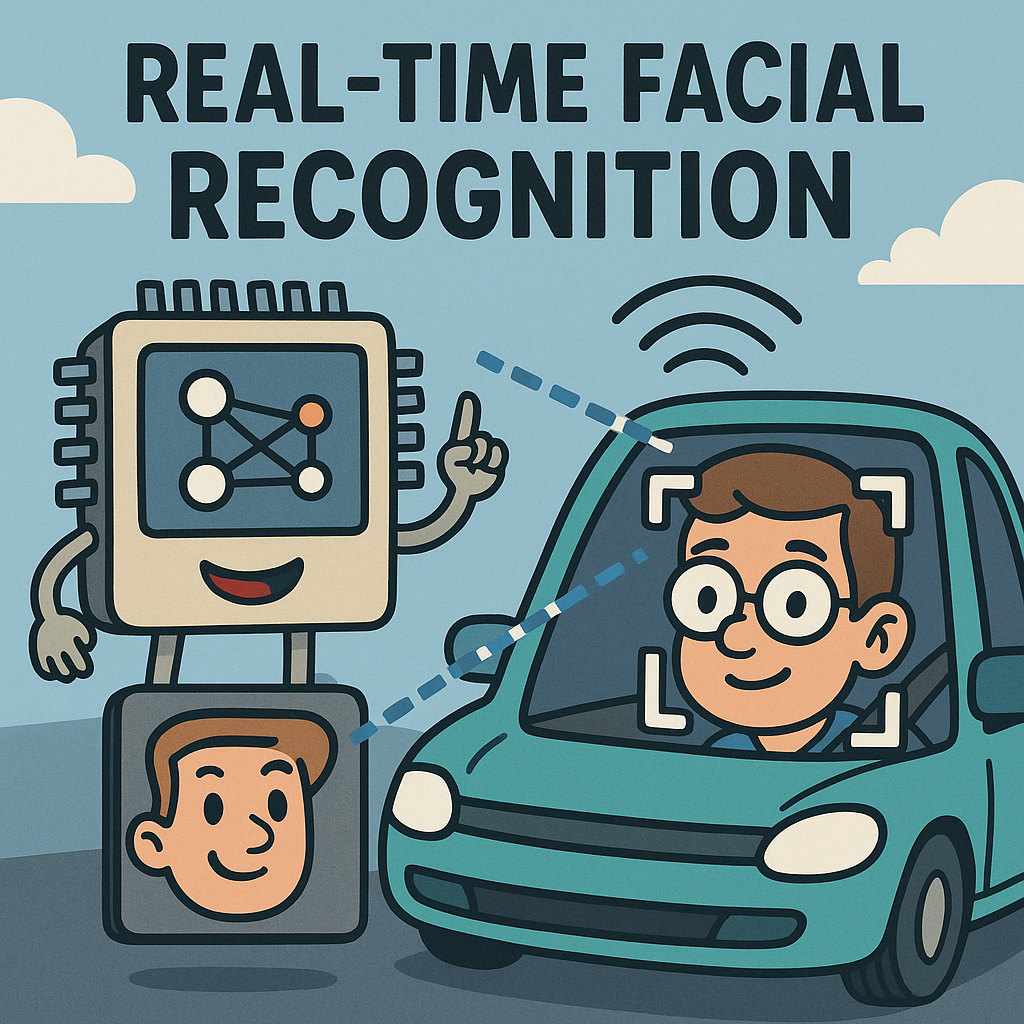Understanding the Need for Low-Latency Processing in Autonomous Vehicles
As the demand for autonomous vehicles surges, the need for sophisticated real-time systems capable of processing vast amounts of data has become paramount. One of the most critical components in this landscape is facial recognition technology, which plays a key role in ensuring passenger safety and vehicle security. However, achieving low-latency processing in facial recognition systems poses significant challenges. The new low-latency DSP/NN accelerator IP, designed specifically for this purpose, promises to revolutionize the architecture of autonomous vehicle systems.
Challenges in Real-Time Facial Recognition
Facial recognition algorithms require the analysis of high-resolution images and video feeds to accurately identify individuals. This process is inherently computationally intensive, demanding rapid processing to ensure that recognition occurs in real-time. Traditional processing units often struggle with the latency associated with these calculations, especially in dynamic environments where conditions change rapidly.
- Data Throughput: High-definition cameras generate substantial amounts of data, necessitating a processing unit capable of handling this influx without delay.
- Algorithm Complexity: Advanced algorithms, such as convolutional neural networks (CNNs), require significant computational resources, leading to potential bottlenecks.
- Power Constraints: Autonomous vehicles operate within strict power budgets, making it essential to optimize performance without excessive power consumption.
Designing the DSP/NN Accelerator IP
The new low-latency DSP/NN accelerator IP has been meticulously crafted to address these challenges while offering flexibility and scalability. A few design considerations stand out:
- Architecture: The accelerator employs a hybrid architecture that combines digital signal processing (DSP) with neural network (NN) capabilities. This fusion allows for efficient execution of both traditional algorithms and machine learning models, ensuring versatility in various applications.
- Parallel Processing: By leveraging parallel processing techniques, the accelerator can handle multiple data streams simultaneously. This is crucial in an autonomous vehicle where multiple cameras may be in operation at once, allowing for swift decision-making.
- Latency Optimization: The design incorporates optimized memory hierarchies that minimize data access times, significantly reducing the latency that typically plagues facial recognition tasks. Custom memory controllers and on-chip caches play a vital role in this optimization.
Algorithm Enhancements for Real-Time Performance
In addition to hardware improvements, the accelerator supports enhanced algorithmic approaches tailored for real-time performance. Techniques such as model quantization and pruning have been implemented to reduce the size and complexity of neural networks without sacrificing accuracy. This allows the accelerator to run models that are not only smaller but also faster, making them suitable for deployment in environments with stringent latency requirements.
Real-World Design Tradeoffs
Every design decision comes with tradeoffs. While optimizing for low latency, careful attention must be paid to the potential impact on accuracy and robustness in varied environments. For instance, while quantizing weights can speed up processing, it may introduce challenges in recognizing faces under different lighting conditions or angles. Hence, extensive testing and validation across diverse scenarios are essential to ensure reliability.
Integration into Autonomous Vehicle Systems
Integrating this accelerator into autonomous vehicle systems requires a careful approach to ensure compatibility with existing architectures. The accelerator must seamlessly interface with other units, such as the vehicle’s control system and additional sensors. This necessitates the development of robust firmware that can handle communication between various components while maintaining the overall system’s low-latency requirements.
The Future of Facial Recognition in Autonomous Vehicles
The launch of this low-latency DSP/NN accelerator IP marks a significant milestone in advancing facial recognition technology in autonomous vehicles. As we continue to refine both hardware and algorithms, the potential for improved safety and security in autonomous transportation becomes increasingly tangible. The journey toward fully autonomous systems is complex, but with each innovation, we move closer to achieving seamless, real-time recognition capabilities that can adapt to the dynamic world around us.



